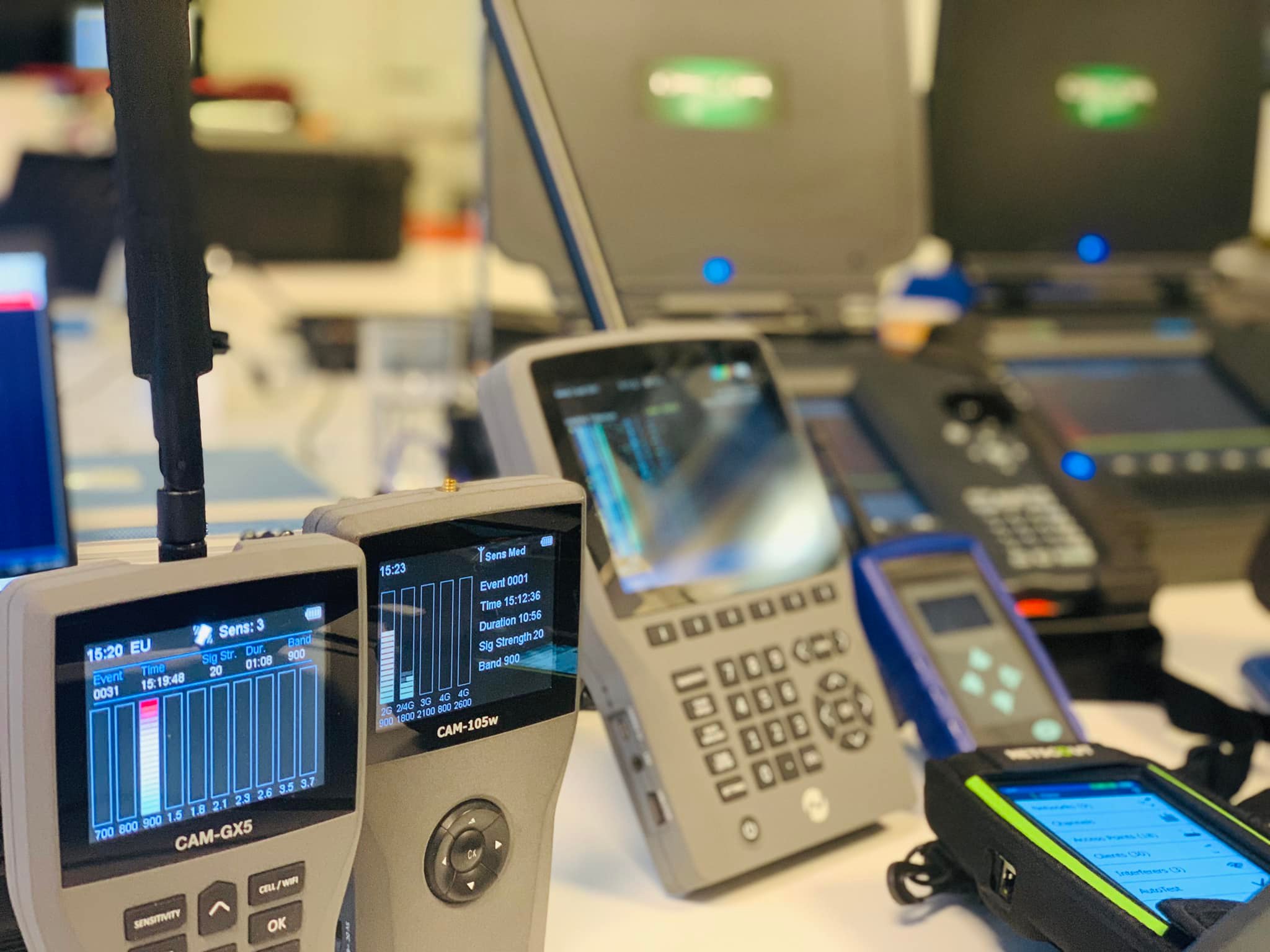Introduction:
Technical surveillance countermeasures (TSCM), commonly called bug sweeping, are necessary for finding and eliminating electronic bugs or covert surveillance equipment. Bug sweeping is a crucial security step whether you are worried about corporate espionage, protecting sensitive information, or maintaining environmental privacy. This article offers a detailed how-to for understanding and using a successful bug sweeping procedure.
Evaluation of the Need for Bug Sweeping:
Considering whether Bug sweeping is necessary before beginning is crucial. Determine whether you operate in a high-security setting where bug detection is crucial or whether you have reasons to suspect illegal observation.
Establish the Scope:
Clearly outline the locations or premises that must be bug-swept. It might include offices, conference rooms, automobiles, or private homes. This stage guarantees a comprehensive sweep and aids in resource allocation.
Hire a Professional TSCM Specialist:
It is advised to work with a professional TSCM specialist to get accurate and dependable findings. Seek trusted companies with the tools and skills to do thorough bug sweeps.
Physical Inspection:
A physical inspection of the target area is the first step in the bug sweeping process. The TSCM specialist will visually scan the area for strange or suspicious objects.
Radio Frequency (RF) Spectrum Analysis:
The TSCM specialist uses specialised tools to conduct an RF spectrum analysis. This process identifies active transmitting devices’ specific radio frequency signatures, such as covert cameras or microphones.
Non-Linear Junction Detection (NLJD):
NLJD is a method used to locate concealed electronic equipment that might not be capable of transmitting RF signals. It identifies the presence of semiconductors and electronic components by sending out low-power microwave waves that produce reflections and allow the TSCM specialist to locate potential faults through reflections.
Thermal imaging is used to find heat signatures that could point to the existence of covert equipment. Even if they are well-hidden, temperature anomalies may detect electrical components.
A spectrum analyser is useful for finding covert surveillance equipment that may use several frequencies. It aids in detecting questionable signals and offers a more thorough evaluation of the target area.
The TSCM professional examines electrical outlets, power supplies, and wiring systems because these could be potential entrance sites for covert bugs or tracking gadgets.
After completing the bug sweeping procedure, the TSCM Services examines the gathered data and creates a thorough report. The paper provides security-enhancing conclusions, suggestions, and preventative measures.
In conclusion, bug sweeping is crucial for maintaining security and privacy. This step-by-step manual will help you find and eliminate electronic bugs and other covert surveillance equipment, protecting your home or office environment. Remember that hiring a qualified TSCM specialist is essential to guarantee accurate results and thorough bug detection. Be proactive and keep your space secure by performing routine insect sweepings.

